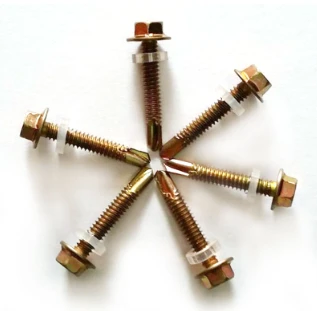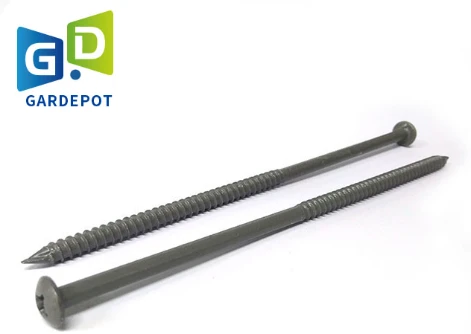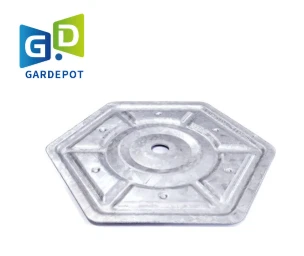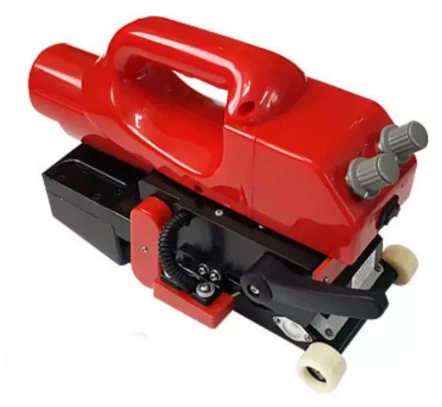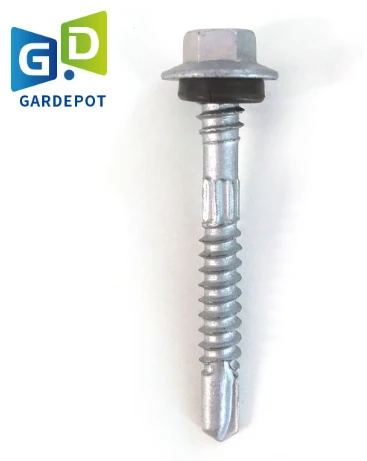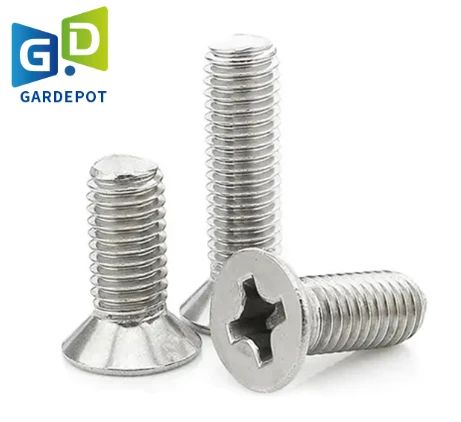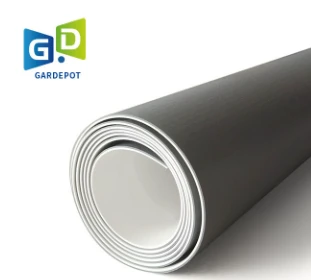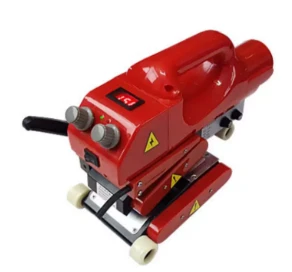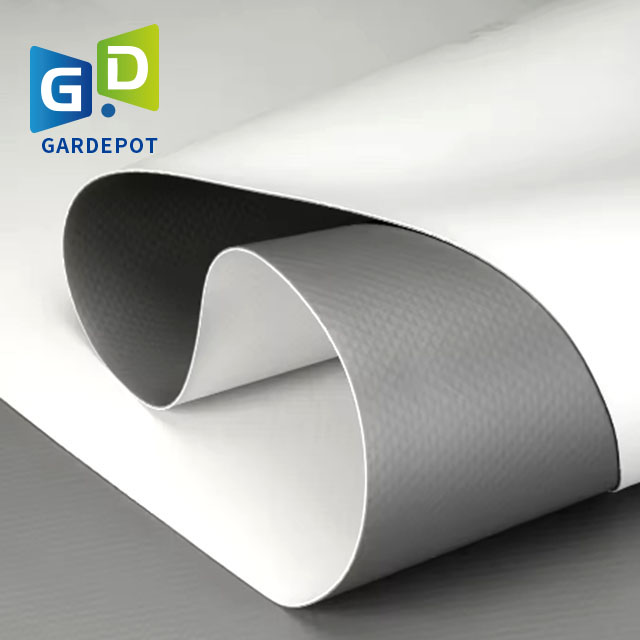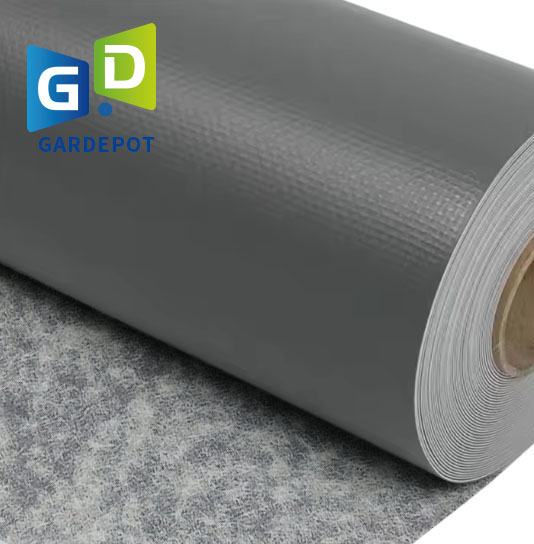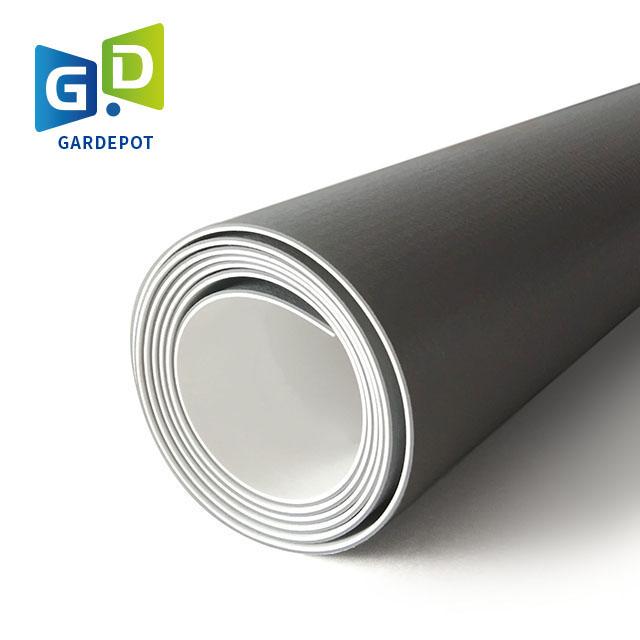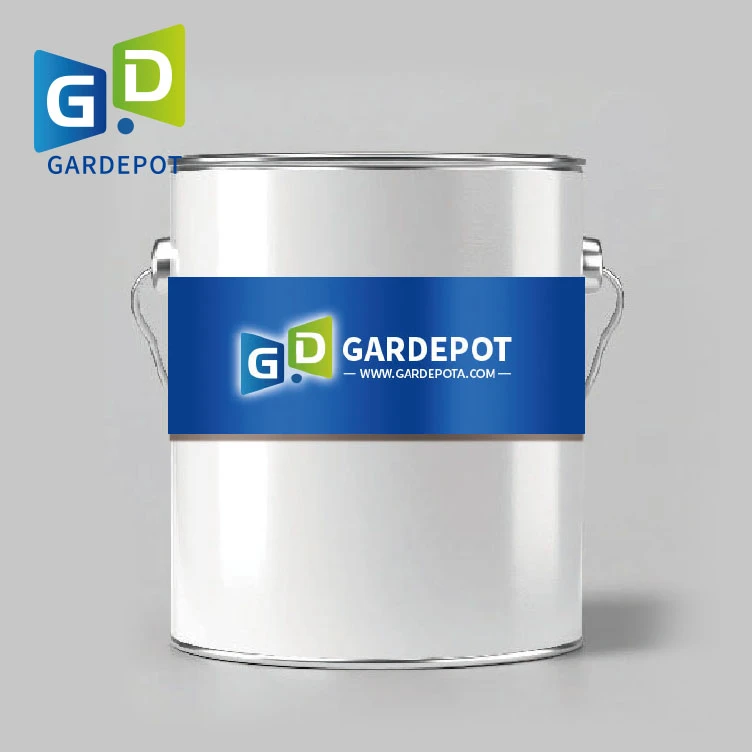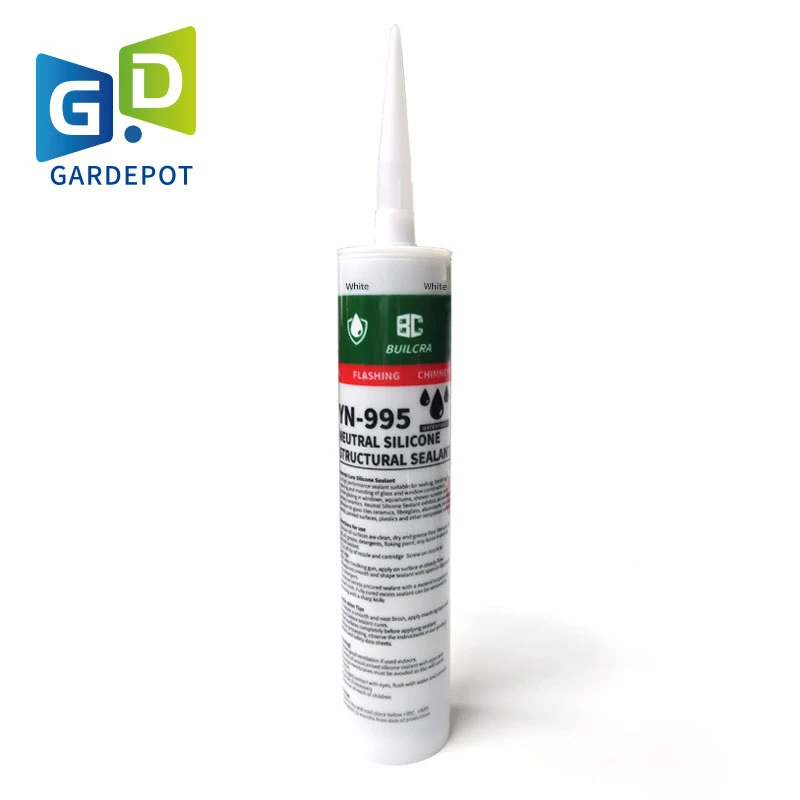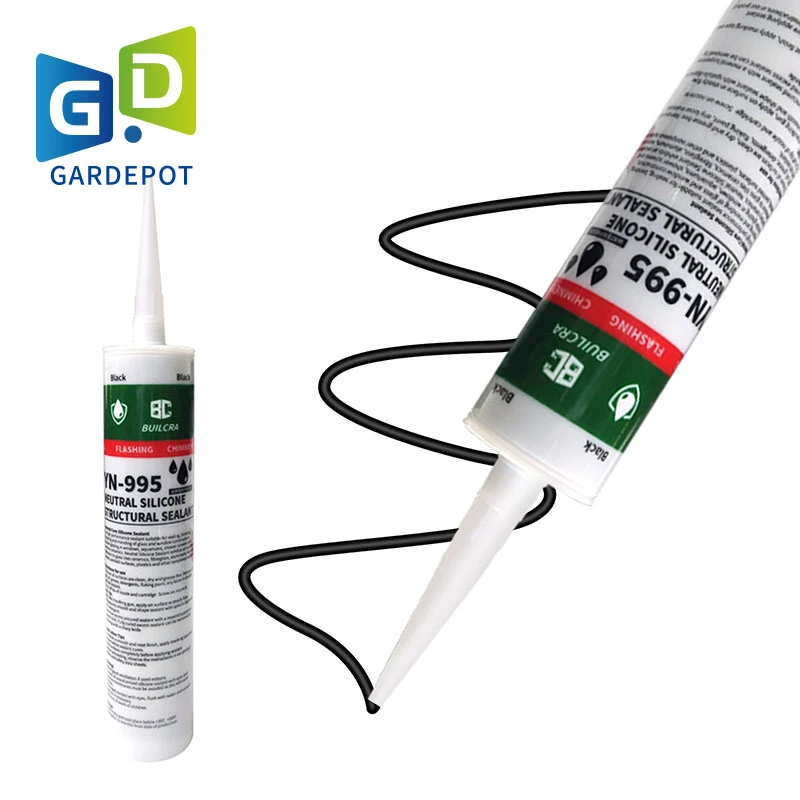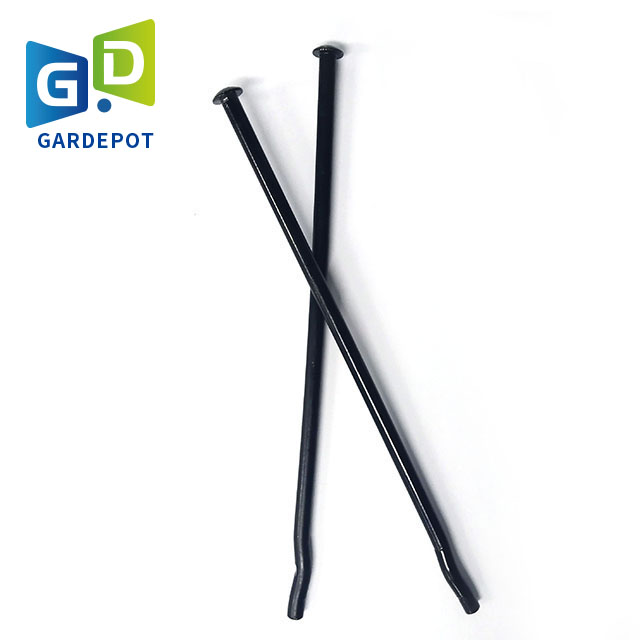AI-Enhanced Roof Waterproof Coating | Long-Lasting Protection
AI-Enhanced Roof Waterproof Coating | Long-Lasting Protection
As urban construction, industrial development, and infrastructure projects accelerate globally, the demand for waterproof coating on roof systems has never been greater. Innovation in waterproof membranes, rising requirements for sustainability, and increasingly stringent global standards propel the roofing waterproofing market into a new era.
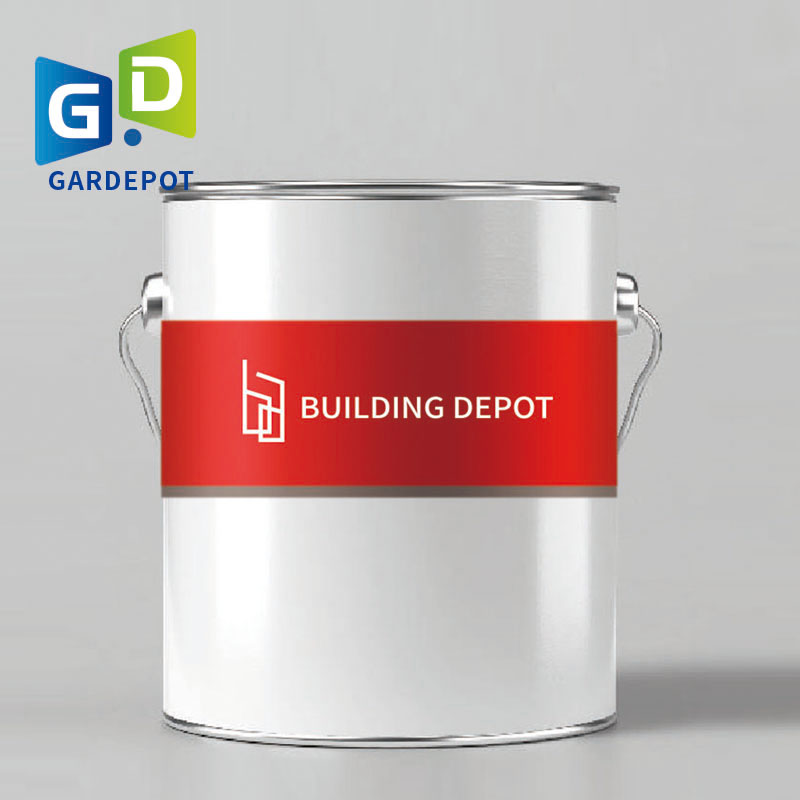
Typical application of waterproof coating on roof in large-scale commercial buildings
Industry Trends in Waterproof Membrane for Roof
According to MarketsandMarkets™, the global waterproof roofing market surpassed USD 25 billion in 2023 and is projected to grow at a CAGR of 6.8% through 2030. Key trends include:
- Shift towards high polymer waterproof membrane for roof due to superior flexibility and chemical resistance.
- Demand for low-VOC, environmentally friendly liquid-applied coatings.
- Growth in customized waterproofing solutions for new builds and retrofit projects.
- Increasing conformance to international standards (ISO 9001, ISO 14001, ASTM, EN) for product reliability.
Comparison Table: Popular Roof Waterproofing Solutions (2024)
| Solution | Material Base | Service Life | Membrane Thickness (mm) | Cost (USD/m²) | Compliance |
|---|---|---|---|---|---|
| Bituminous Membrane | APP/SBS Modified Bitumen | 10-15 yrs | 3-5 | 4-7 | EN 13707, ISO 9001 |
| Liquid Waterproof Coating (waterproof coating on roof) | PU, Acrylic, Polyurea | 15-25 yrs | 1-2 | 6-11 | ASTM D6083, ISO 14001 |
| High Polymer Membrane | TPO/PVC/EPDM | 20-30 yrs | 1.2-2.0 | 9-15 | FM, CE, UL |
| Cementitious Coating | Portland Cement + Polymers | 5-10 yrs | 2-4 | 3-6 | EN 1504-2 |
Product Lifespan Comparison (Years)
Technical Parameters of Waterproof Coating on Roof
The Waterproof Coating offered by Gardepota is engineered for maximum flexibility, chemical resistance, and seamless protection. Its technical parameters meet globally recognized certifications such as ISO 9001 (Quality Management), ISO 14001 (Environmental Management), as well as ASTM D6083 and EN/CE classifications.
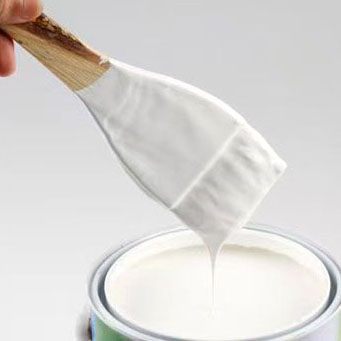
Cross-section of high polymer waterproof membrane for roof with top UV-resistant layer
Key Technical Specifications of Waterproof Coating
| Parameter | Specification |
|---|---|
| Base Material | Highly Crosslinked Polyurethane (PU), Acrylate, or Polyurea |
| Coating Thickness | 1.2 – 2.0 mm (customizable) |
| Water Absorption | < 1% (ASTM D570) |
| Elongation @ Break | > 450% (ASTM D412) |
| UV Resistance | ΔE < 3 after 2000 h (ISO 4892) |
| Thermal Stability | –40°C to +90°C (no cracking) |
| Fire Rating | B1 (EN 13501-1:2019) |
| Service Life | 15 – 25 years |
Market Share of Roofing Waterproof Technologies (2023)
Did you know?
Combining high polymer waterproof membrane for roof with advanced coatings extends service life by up to 88% compared to traditional bitumen, according to peer-reviewed studies.
Combining high polymer waterproof membrane for roof with advanced coatings extends service life by up to 88% compared to traditional bitumen, according to peer-reviewed studies.
Manufacturing Process of Waterproof Coating on Roof
The craftsmanship behind waterproof coating on roof is core to its reliability. Gardepota's production process is strictly controlled, using a blend of high polymerization, precision casting, CNC metering, and ISO/ASTM standard testing. Here is an illustrated step-by-step overview of the process:
1
Raw Material Selection
Premium polyurethane, polyurea, or acrylic resins. → 2 Precision Blending & Polymerization
Automated, computer-controlled mixing for uniformity. → 3 Deaeration, Degassing
Removal of micro-bubbles, ensuring coating density. → 4 Casting/Forming & CNC Gauging
Membrane/film thickness controlled by CNC. → 5 Curing/UV Crosslinking
Controlled environmental curing or UV lamps. → 6 ISO/ANSI Testing
Physical & chemical property testing per ISO 9001, ASTM. → 7 Packing & Logistics
Leak-proof, temperature-stable packaging.
Premium polyurethane, polyurea, or acrylic resins. → 2 Precision Blending & Polymerization
Automated, computer-controlled mixing for uniformity. → 3 Deaeration, Degassing
Removal of micro-bubbles, ensuring coating density. → 4 Casting/Forming & CNC Gauging
Membrane/film thickness controlled by CNC. → 5 Curing/UV Crosslinking
Controlled environmental curing or UV lamps. → 6 ISO/ANSI Testing
Physical & chemical property testing per ISO 9001, ASTM. → 7 Packing & Logistics
Leak-proof, temperature-stable packaging.
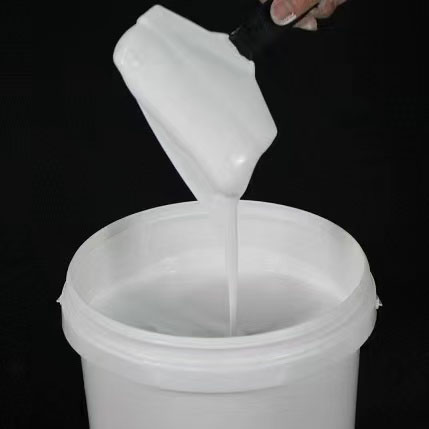
Manufacturing line for high polymer waterproof membrane for roof and liquid coatings
Inspection Standards: Every batch undergoes physical (hardness, elongation, permeability) and chemical (alkali resistance, UV stability) testing as per ISO 9001 and ASTM D6083.
Key Technical & Functional Advantages
Waterproof coating on roof and high polymer membranes offer considerable engineering advantages:
- Seamless, Monolithic Layer: Eliminates weak points of rolls and tiles, ensuring zero leak risk.
- Outstanding Elongation & Flexibility: Handles thermal movement and cracks (> 450% elongation, per ASTM D412).
- Corrosion & Chemical Resistance: Withstands acids, alkalis, salt spray, and industrial pollutants.
- UV & Weather Stability: Maintains reflectivity and energy savings for >20 years (ISO 4892).
- Rapid Application and Curing: Reduces construction time and labor costs by 35-55% vs traditional methods.
Elongation at Break (%) — Material Comparison
Global Demand by Application (2023 Data)

On-site installation of waterproof membrane for roof in metropolitan high-rise project
Manufacturers & Solution Comparison
| Brand | Product | Technology | Service Life | Certifications | Notable Projects |
|---|---|---|---|---|---|
| Gardepota | Waterproof Coating | PU / Polyurea / Acrylic | 20-25 yrs | ISO 9001, ASTM D6083 | Shanghai Metro (China), Aramco Oil Depots |
| Sika | Sikaflex® Membrane | High polymer/TPO | 25 yrs | FM, CE, UL | London Heathrow T5 |
| BASF | MasterSeal PUA | Polyurea | 20 yrs | ISO, EN, ASTM | Pudong Airport |
| GAF | EverGuard® TPO | TPO | 25 yrs | UL, FM | Amazon Fulfillment |
Industry Authority: All listed suppliers rank among the Top 100 Roofing Contractors and comply with major global standards.
Custom Waterproof Coating Solutions & Pricing
Gardepota delivers end-to-end waterproof membrane for roof solutions — from formulation to on-site application, tailored to local climate, substrate (concrete, steel, wood), and usage scenario (new build/retrofit).
- Membrane Grade: Standard, reinforced, traffic-grade options available.
- Thickness: 1 – 4 mm (customized according to lifespan and usage intensity)
- Coating Types: Solvent-free, low-VOC, UV-blocking, quick-cure, anti-slip coatings.
- Colors/Finish: White (solar-reflective), grey, custom RAL shades.
- Full OEM/ODM support: Custom branding, packaging, technical datasheet integration.
- Price (USD/m²): $6.0 – 12.5, depending on grade and logistics.
Delivery Lead Time: Standard spec ship within 7-14 days. Custom formulation: 18-30 days after order confirmation.
Warranty: 10-15 years product warranty, with on-site application support available.
Warranty: 10-15 years product warranty, with on-site application support available.
Application Scenarios: Case Studies
Case 1: Large Petrochemical Roof (Middle East)
A leading oil storage company adopted waterproof coating on roof (polyurea-based, 2 mm) to protect 120,000 m² of steel roofs.
Key Results:
A leading oil storage company adopted waterproof coating on roof (polyurea-based, 2 mm) to protect 120,000 m² of steel roofs.
Key Results:
- No leakage or blistering after 5-year service (ISO 2812-2 chemical resistance test)
- Energy savings: roof temperature reduced by avg. 13°C in summer
- Annual maintenance cost drops by 42%
Case 2: Metro Infrastructure (Shanghai)
Installed liquid-applied PU waterproof membrane for roof over 80,000 m² (high-traffic concrete slabs). Achieved:
Installed liquid-applied PU waterproof membrane for roof over 80,000 m² (high-traffic concrete slabs). Achieved:
- 95% reduction in annual water infiltration complaints
- Ten-year reinspection: Elongation retention ≥ 91%
- Rapid weekend installation minimized commuter disruption
Case 3: Green Smart Campus Roofs (Europe)
Used white high polymer waterproof membrane with reflective coating for university buildings (25,000 m²). Results:
Used white high polymer waterproof membrane with reflective coating for university buildings (25,000 m²). Results:
- Sustainability: 17% reduction in building cooling energy use
- Complies with EU BREEAM “Excellent” rating
- Zero-leak warranty commitment (certified by TÜV)
Client Feedback: "Gardepota’s waterproof membrane for roof and liquid coatings are among the best-performing, quickest to install, and fully pass rigorous ISO and FM tests — highly recommended for industrial and commercial use." — Director, Asia EPC Projects
FAQ: Professional Terms on Waterproof Coating on Roof
1. What is the difference between high polymer waterproof membrane and traditional bituminous membrane?
High polymer (TPO, PVC, EPDM) membranes exhibit superior flexibility, UV/weather resistance, useful life (>20 years), and lower VOC emissions compared to traditional bituminous membranes.
2. Which standard governs the testing of waterproof coating on roof?
Key global standards include ASTM D6083 (liquid-applied elastomeric coatings), ISO 9001 (quality), ISO 14001, EN 13707, and FM/UL for fire and impact resistance.
3. How is coating thickness determined and why is it important?
Thickness (1.0–4.0 mm) is specified based on substrate, traffic, climate, and desired service life. CNC caliper/measuring equipment ensures uniformity per ANSI/ISO metrology standards.
4. What is elongation at break and why does it matter?
Elongation at break (%) measures a coating's ability to stretch without tearing. A higher value (over 400%) provides superior crack-bridging over moving joints and thermal-induced cracks.
5. Is waterproof membrane for roof suitable for green roof or rooftop solar?
Yes. Both liquid coatings and high polymer membranes are root-penetration resistant (FLL compliant), bear the load from solar racks/planters, and reflect heat to enhance solar PV efficiency.
6. What kind of maintenance is required post-installation?
Waterproof coatings require annual visual inspection, regular cleaning, and prompt repair of mechanical damage (if any) to maximize service lifespan.
7. How are chemical resistance and fire performance verified?
Via laboratory tests: ISO 2812 for chemicals (acid/alkali), EN 13501/UL790 for fire, and accelerated weathering using QUV/ISO 4892 standards.
Your Trusted Expert in Waterproof Coating on Roof
Gardepota stands out for industry-leading expertise (20+ years), global certifications (ISO, ASTM, FM), and references in oil/gas, infrastructure, commercial real estate, and energy projects. Our after-sales service, technical documentation, and worldwide logistics ensure worry-free procurement and reliable, sustainable roofing performance.
Click to explore the full Waterproof Coating on Roof product range.
Click to explore the full Waterproof Coating on Roof product range.
References & Further Reading:
[1] MarketsandMarkets, Waterproofing Membrane Market 2023 Report, link.
[2] ScienceDirect, Comparative Study of Waterproof Coatings, link.
[3] Roofing Contractor Forum, Top 100 Roofing Suppliers,link.
[4] ISO, Quality Management Systems (ISO 9001), link.
[5] ASTM International, D6083-21 Standard, link.
[1] MarketsandMarkets, Waterproofing Membrane Market 2023 Report, link.
[2] ScienceDirect, Comparative Study of Waterproof Coatings, link.
[3] Roofing Contractor Forum, Top 100 Roofing Suppliers,link.
[4] ISO, Quality Management Systems (ISO 9001), link.
[5] ASTM International, D6083-21 Standard, link.

